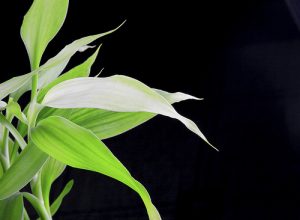 What it takes to make a purely natural powder
What it takes to make a purely natural powder
We designed our natural body powders by carefully selecting food grade plant based powders that we blend to perfection, creating a unique and effective body powder and a safe alternative to talcum. But before the powder becomes a part of our organic dusting powder, it starts as a lush green plant. This is the journey those lush green plants go through to becoming a silky natural powder.
It’s all about the starch
Starch is what makes the natural powder after all. The leafy green part of the plant manufactures glucose during photosynthesis. Excess is sent to a “holding place” for the plant to use when it needs it. Billions of chloroplasts filled with life sustaining “go juice” in the form of starch just waiting for the time the plant may need it. For tuberous plants like potatoes, arrowroot, tapioca (cassava) and the like, it is in the tuber underground. For other plants like corn, rice, and wheat it is stored in the seeds. Sago stores it in the pith of the palm leaf stem.
The key to supporting life
A plant will create an enzymatic reaction to break down the cell walls in order to release the starch and support the plants life. We can do this with our internal enzymes when we consume the seeds and the tubers. Our bodies convert the starch to sugar which we then use for energy or store the excess as fat reserves for later use. For our purpose, here at Très Spa, we aren’t interested in eating as much as we are interested in feeding your skin in harmony with nature.. So we want the natural powder form of these botanical manufacturers starch reserves.
Then you harvest the store
The plants are harvested once they reach a maturity that yields a significant starch storage. For tubers, it’s the size of the root and for corn, wheat , and coconut it’s the endosperm that provides the starch. For corn, think about the ear loaded with kernels. When it comes to coconut, it’s the “meat” and the water inside the hard shell.
Once the plant is harvested the process is to go through a series of rinse + sift, rinse + grind and rinse + dry the starchy pulp until you get the fine natural white powder starch in the end. That may sound simple but it is laborious.
What does the process look like?
Currently, we use Organic Cornstarch, Organic Arrowroot, and Organic Tapioca. So what does the process look like for these plant starches to be processed into one of our choice natural powders? I think a picture speaks a thousand words so here is the process broken down for you
First things first, you need to grow the plant
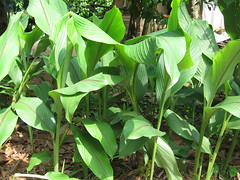
Then, when it is developed enough, you harvest the mature roots
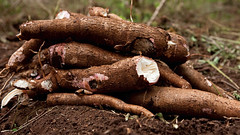

Then you need to clean and prep the roots
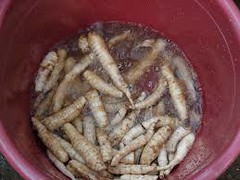
Then you start the process of a series of soaking stages in order to soften the cell walls
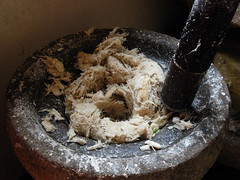
Grind the roots to a pulp over and over will eventually seperate the fiber from the starch

Rinse and repeat as many times as you need with each step yielding a finer material
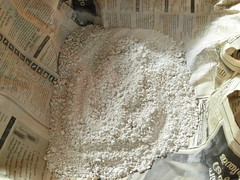
Dry the fine pulp and grind

Finally grind it to the most delicate light fluffy powder. Now it’s ready!
In the end, we here at Très Spa feel the extra work (and cost) is worth it. Not just for the fact we really think plants are better for you, but because done responsibly and organically, this process can be repeated over and over and over making plant starches very eco-friendly sustainable planet friendly ingredient to use for our Organic Dusting Powders!

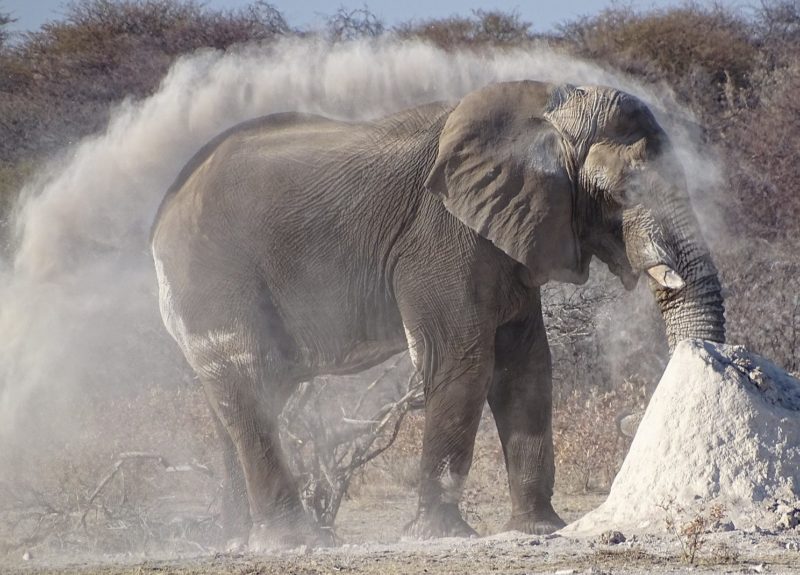
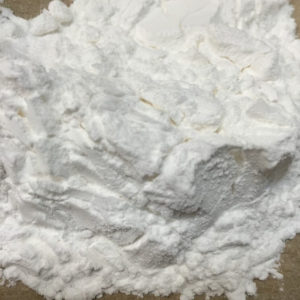 When I was a young girl I learned an amazing trick from my grandmother on how to keep cool in the sweltering heat. A dusting of powder over your skin can help keep you feeling cool and comfortable. The powder helps wick the water away from your skins surface and it creates a silky barrier to friction. Even though it can be messy to use, I highly recommend it for any man women or child to try. Trust me, you wont regret it.
When I was a young girl I learned an amazing trick from my grandmother on how to keep cool in the sweltering heat. A dusting of powder over your skin can help keep you feeling cool and comfortable. The powder helps wick the water away from your skins surface and it creates a silky barrier to friction. Even though it can be messy to use, I highly recommend it for any man women or child to try. Trust me, you wont regret it. The vast majority of commercial powders on the market today are made in whole or in part by Talc.
The vast majority of commercial powders on the market today are made in whole or in part by Talc.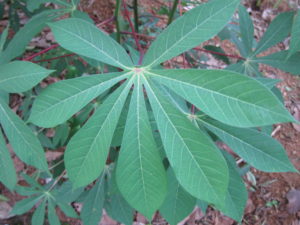 Personally I don’t like to gamble with life so I never bothered with Talc. When I formulate I like to think in terms of living in harmony with the world as much as possible. My first preference is to look for renewable ingredients that are sustainable. You can grow and harvest and re-grow plants but once you mine a mineral it is gone (not to mention the scars left on the land behind). That is why the powders we make at Très Spa are 100% botanical with a long history of human safety and no “suspicious” findings. It’s more expensive and it is more challenging to formulate but we feel you are worth it. So if your Tres Spa powder doesn’t feel like talc, there is a good reason, it’s because it isn’t. It is water soluble and made from the finely ground plants that are used in food you eat.
Personally I don’t like to gamble with life so I never bothered with Talc. When I formulate I like to think in terms of living in harmony with the world as much as possible. My first preference is to look for renewable ingredients that are sustainable. You can grow and harvest and re-grow plants but once you mine a mineral it is gone (not to mention the scars left on the land behind). That is why the powders we make at Très Spa are 100% botanical with a long history of human safety and no “suspicious” findings. It’s more expensive and it is more challenging to formulate but we feel you are worth it. So if your Tres Spa powder doesn’t feel like talc, there is a good reason, it’s because it isn’t. It is water soluble and made from the finely ground plants that are used in food you eat.